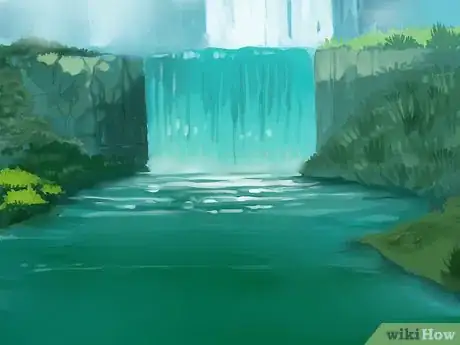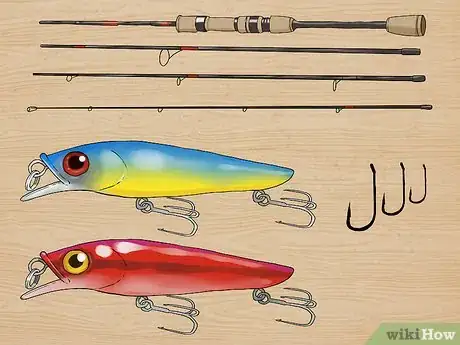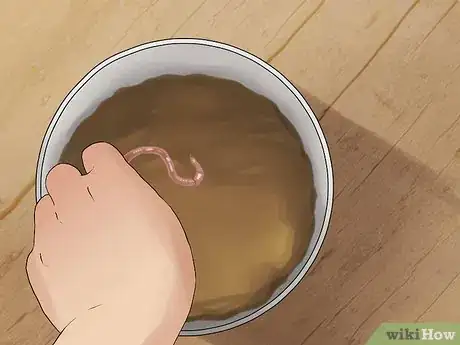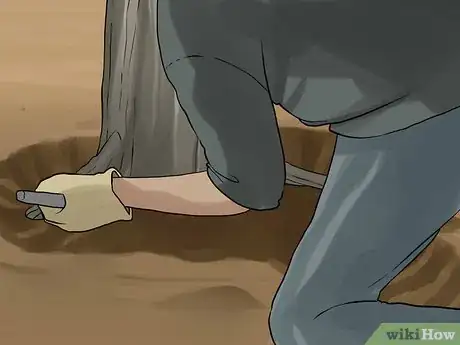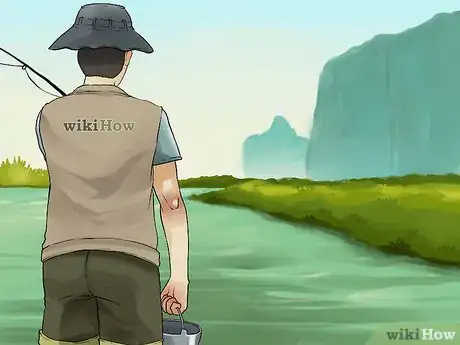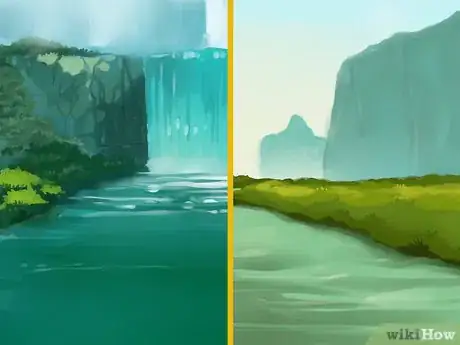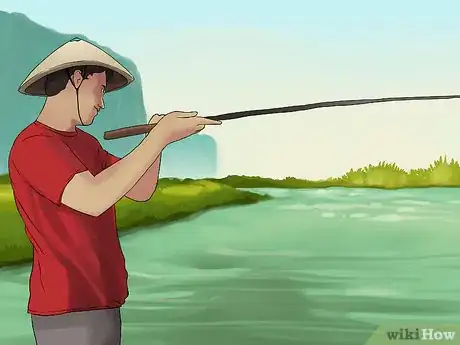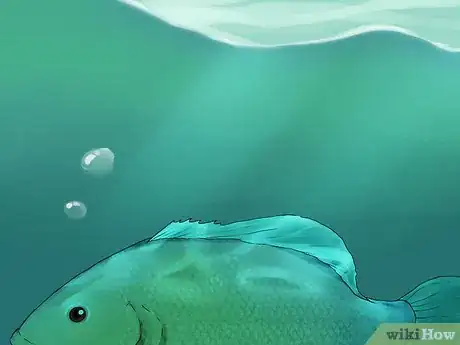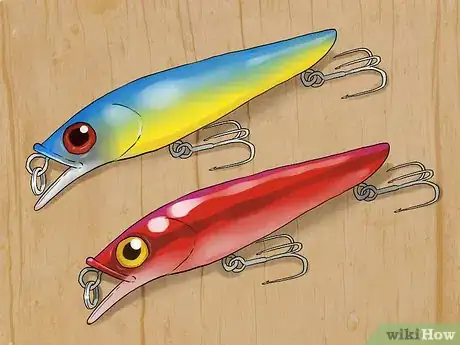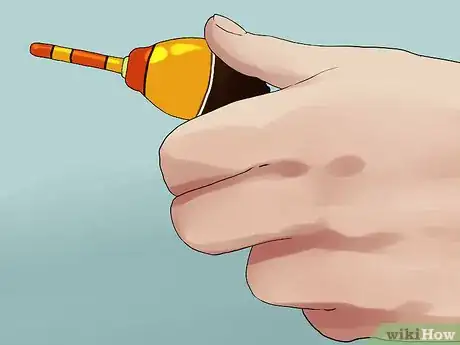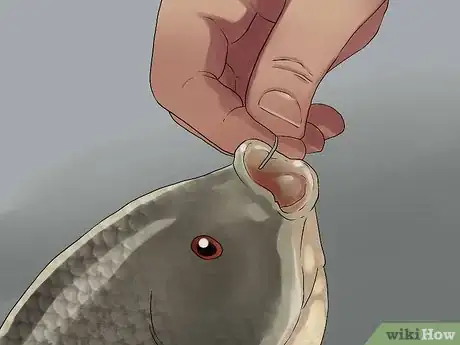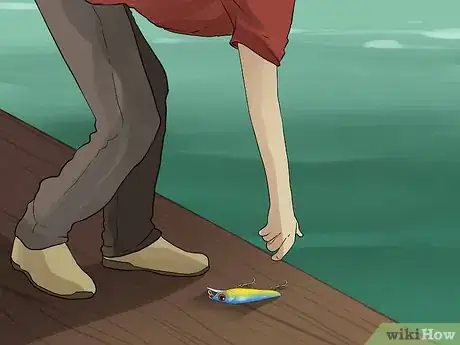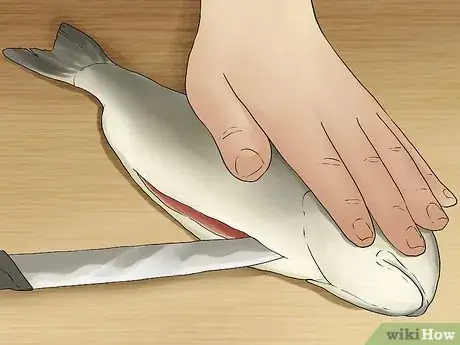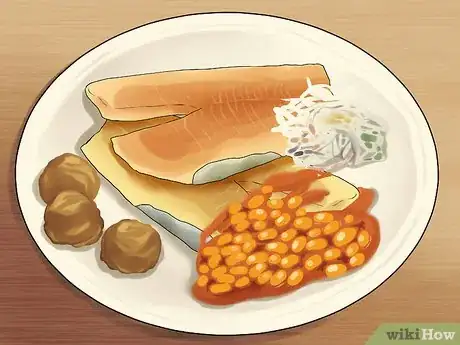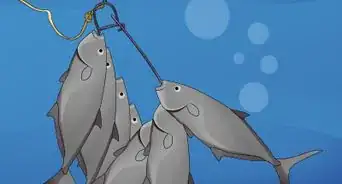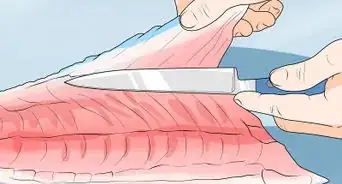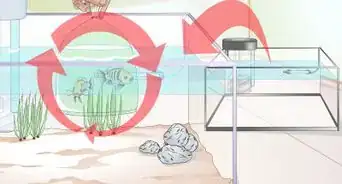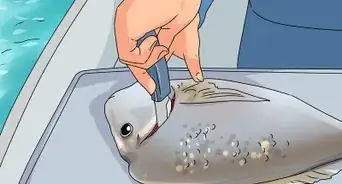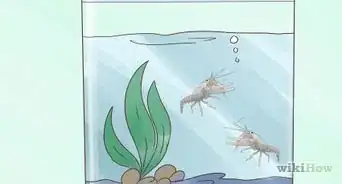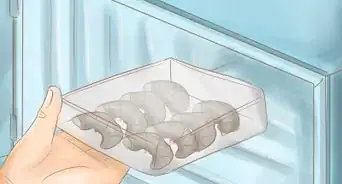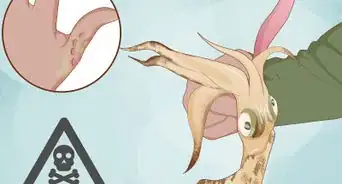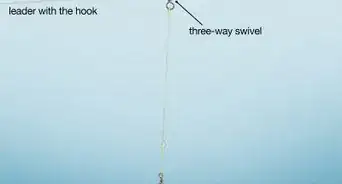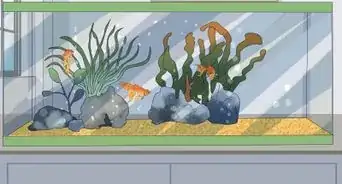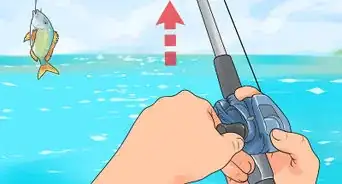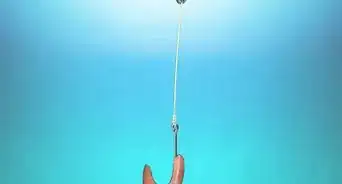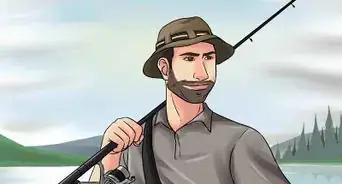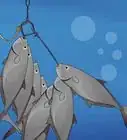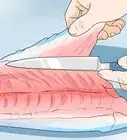This article was co-authored by Michael Reynolds. Michael Reynolds is a Professional Fishing Instructor and the Owner of Long Beach, California Fishing Lessons by Michael Reynolds. In his over 40 years of fishing experience, Michael has become very knowledgeable about the variety of fishing methods and techniques. He is passionate about sharing his knowledge with beginners to experienced anglers. Michael has been guiding and teaching fishing for over five years and is licensed and bonded with the Department of Fish and Wildlife (DFW).
There are 7 references cited in this article, which can be found at the bottom of the page.
This article has been viewed 266,695 times.
Creek fishing is unique and requires different skills and expertise than other kinds of fishing. To successfully catch fish, you'll need to be able to choose an appropriate stream, stay quiet, and use appropriate bait. Read on to discover what to do to maximize your chances of catching fish in a small creek.
Steps
Community Q&A
-
QuestionWhat rapala should I use for trout in a fast-moving creek?
 Austin TrentCommunity AnswerTry a small crawfish lure. Throw down creek, and then pull it back upstream.
Austin TrentCommunity AnswerTry a small crawfish lure. Throw down creek, and then pull it back upstream. -
QuestionI’ve used night crawlers for a small creek for bluegill/sunfish. Any suggestions to get their attention?
 614 FishingCommunity AnswerSmall pieces of night crawlers are good for sunfish. If you can see where they are but they aren't biting than throw a few pieces in and then put your hook in. You can also try not using a bobber and using your rod to keep the bait suspended in the water.
614 FishingCommunity AnswerSmall pieces of night crawlers are good for sunfish. If you can see where they are but they aren't biting than throw a few pieces in and then put your hook in. You can also try not using a bobber and using your rod to keep the bait suspended in the water. -
QuestionHow long does the fish take to bite?
 ANDREW JENSENCommunity AnswerIt depends on where you are and the bait you are using. For more bites, try fishing in the early morning and at dusk.
ANDREW JENSENCommunity AnswerIt depends on where you are and the bait you are using. For more bites, try fishing in the early morning and at dusk.
Warnings
- Let someone know where you are going, and when you will return.⧼thumbs_response⧽
- Be careful walking or climbing on wet surfaces, as these can be very slippery.⧼thumbs_response⧽
- Watch for deep pools, especially if wading with hip or chest waders.⧼thumbs_response⧽
- Some streams and creeks may contain dangerous wildlife, such as alligators and venomous snakes.⧼thumbs_response⧽
- Make sure you have appropriate licenses before going fishing. Some management areas or parks require special permits for recreational activities within their boundaries.⧼thumbs_response⧽
- Keep in mind that going to the local store to buy your fish will likely cost you less money even in the short run.⧼thumbs_response⧽
- In bear country, avoid cleaning fish until you are home or in a safe area. If camping, bury entrails far from camp.⧼thumbs_response⧽
- Be aware of the possibility of flooding if there are rainstorms in your area. Some streams can rise rapidly, even if the rain is not at your location, since rainfall occurring upstream will eventually flow down to you.⧼thumbs_response⧽
Things You'll Need
- water and food
- Fishing license
- Tackle and bait
- Suitable clothing including rain suit
- Insect repellent
- Maps of your area
References
- ↑ https://howtoflyfish.orvis.com/how-to-articles/trout-fishing-articles/small-stream-fishing-part-1-how-to-find-a-stream-of-your-own
- ↑ http://en.wikipedia.org/wiki/Snowmelt
- ↑ https://fishing.boyslife.org/best-bait-or-lures-to-use-in-streams-and-small-rivers/
- ↑ https://howtoflyfish.orvis.com/how-to-articles/trout-fishing-articles/small-stream-fishing-part-1-how-to-find-a-stream-of-your-own
- ↑ https://fw.ky.gov/Fish/Pages/Summer-Fishing-Tips.aspx
- ↑ https://www.fieldandstream.com/articles/fishing/bass-fishing/2014/03/smallie-how-catch-fish/
- ↑ http://www.baybeachwildlife.com/take-the-tour/fishing-etiquette/
- ↑ http://en.wikipedia.org/wiki/Topographic_maps
